Citrus flatid planthopper (Metcalfa pruinosa) – pest management
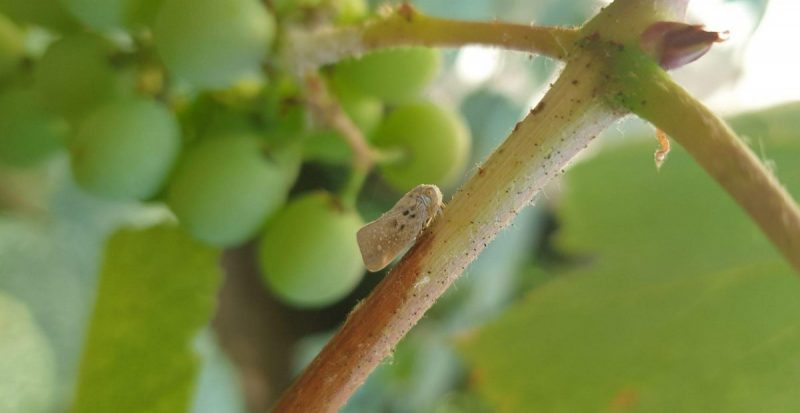
The citrus flatid planthopper, Metcalfa pruinosa, is a species of leafhopper native to the eastern part of North America, widespread in the United States, Mexico, and Cuba.
Description. Adult forms of Metcalfa pruinosa are winged. They have a length between 5.5-8 mm and a width of 2-3 mm. Their color varies from brown to gray. The body is covered with a waxy secretion, both in the case of adults and larvae. The forewings have an almost straight outer edge, with the apex and tornus almost symmetrical. On the basal part, it has two characteristic blackish spots. The last larval stage is about 4 mm long (without taking into account the waxy filaments), with a pale green color and red eyes. This species, like others, can be easily confused with a moth. It can be distinguished through the triangular-shaped wings, positioned vertically, which give it a laterally compressed, feather-shaped appearance.
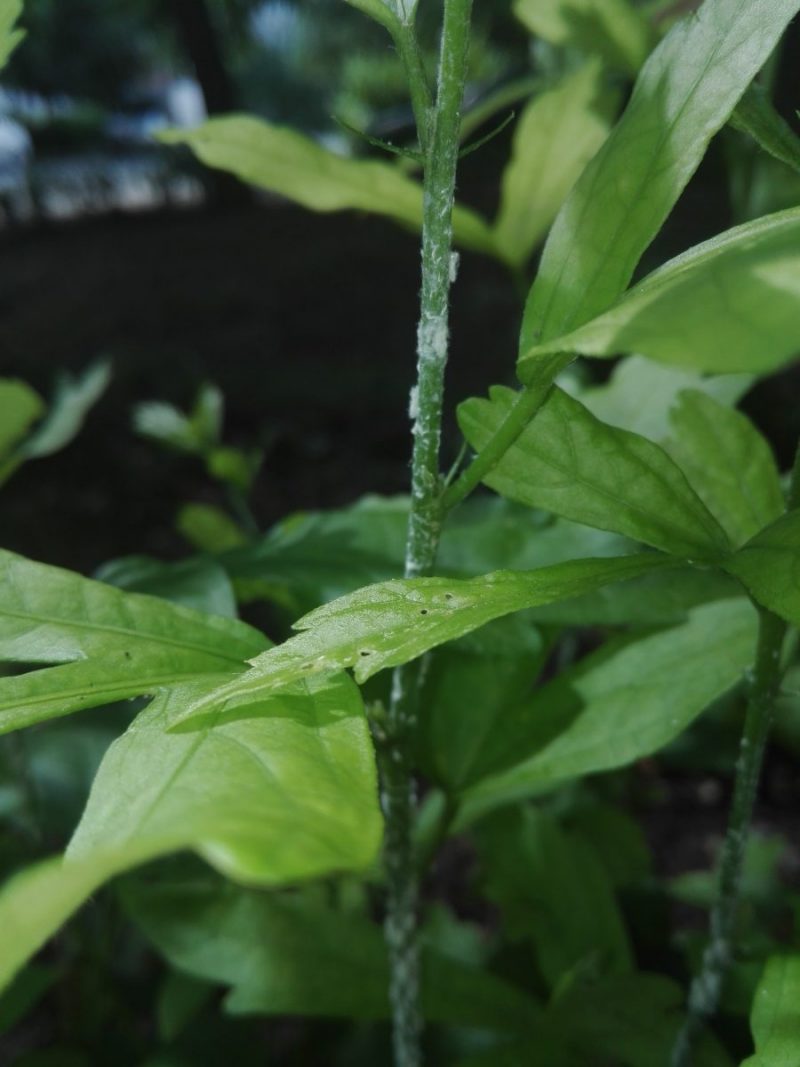
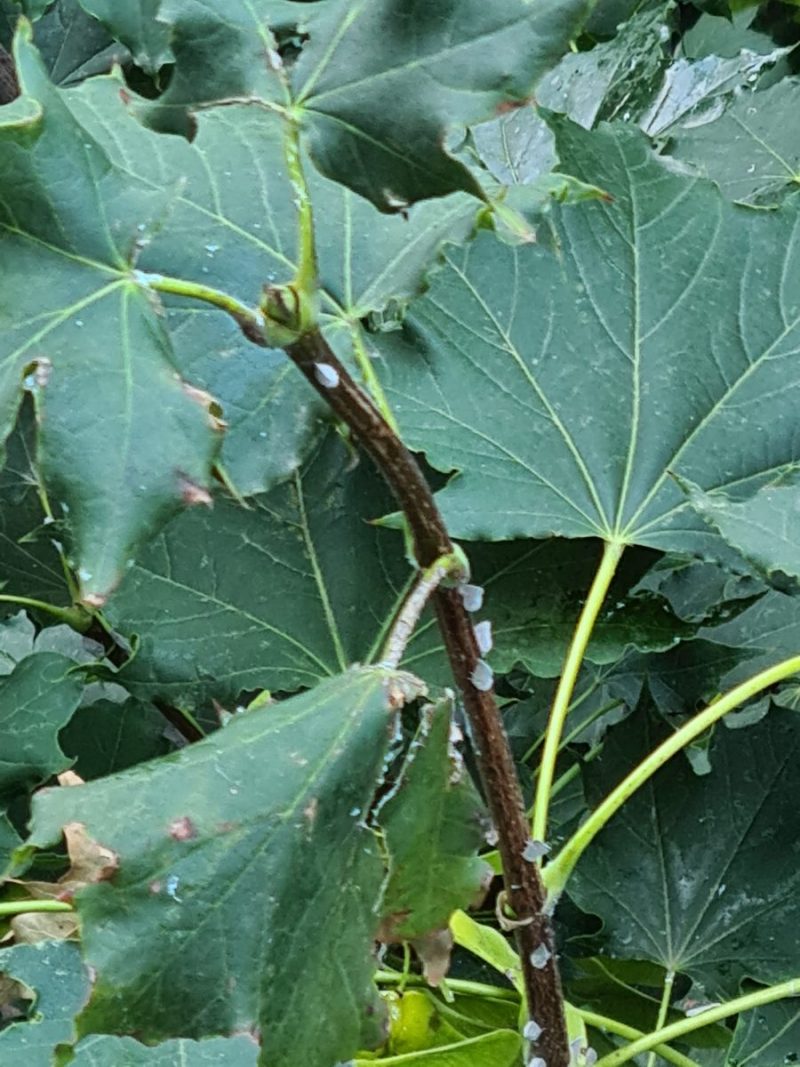
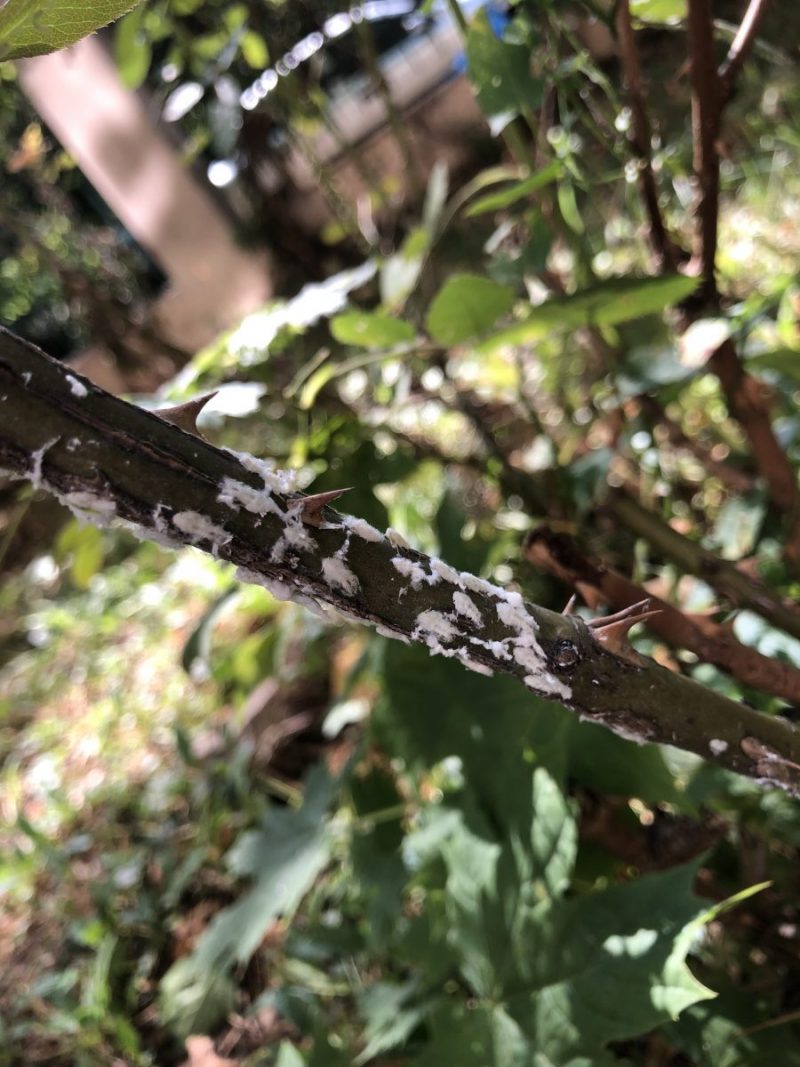
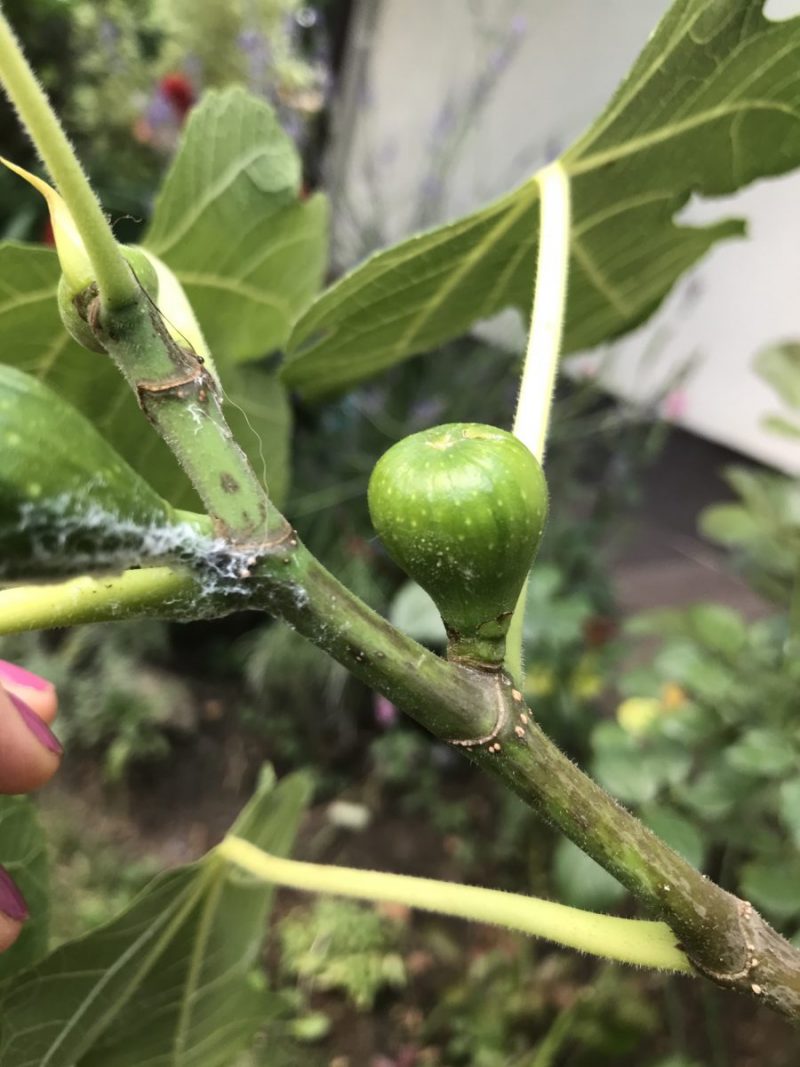
The citrus flatid planthopper overwinters in the egg stage, laid in the bark of the branches of the host plants.
Biology. Females are extremely difficult to distinguish from males. It produces only one generation per year and five larval stages of different sizes.
Damage. It is a polyphagous species and it has as host plants over 200 species, from spontaneous plants to fruit trees and especially ornamental plants. Adults and larvae feed by stinging and sucking the intracellular fluid of plants. Thus, they spread many viruses and diseases.
The white, flocculent waxy secretion, produced by nymphs, gives the plants an unsightly appearance, affecting at the same time their commercial value.
Pest management. Due to the layer of wax that completely covers its body, it is quite difficult to control the citrus flatid planthopper. Therefore, it is necessary to perform several treatments at intervals of 7-10 days. It is recommended to alternate insecticides from different groups.
Recommended products
-
You can find products on a different store
Change Store -
You can find products on a different store
Change Store -
You can find products on a different store
Change Store -
You can find products on a different store
Change Store -
You can find products on a different store
Change Store -
You can find products on a different store
Change Store -
You can find products on a different store
Change Store -
You can find products on a different store
Change Store -
You can find products on a different store
Change Store -
You can find products on a different store
Change Store -
You can find products on a different store
Change Store -
You can find products on a different store
Change Store -
You can find products on a different store
Change Store -
You can find products on a different store
Change Store -
You can find products on a different store
Change Store -
You can find products on a different store
Change Store -
You can find products on a different store
Change Store -
You can find products on a different store
Change Store -
You can find products on a different store
Change Store -
You can find products on a different store
Change Store -
You can find products on a different store
Change Store -
You can find products on a different store
Change Store -
You can find products on a different store
Change Store -
You can find products on a different store
Change Store
Also, it is very important to add an adjuvant in the insecticide solution, in order to favor the penetration of the substance through the wax layer.
Recommended products
-
You can find products on a different store
Change Store -
You can find products on a different store
Change Store -
You can find products on a different store
Change Store -
You can find products on a different store
Change Store -
You can find products on a different store
Change Store -
You can find products on a different store
Change Store -
You can find products on a different store
Change Store -
You can find products on a different store
Change Store -
You can find products on a different store
Change Store -
You can find products on a different store
Change Store -
You can find products on a different store
Change Store -
You can find products on a different store
Change Store -
You can find products on a different store
Change Store -
You can find products on a different store
Change Store -
You can find products on a different store
Change Store -
You can find products on a different store
Change Store -
You can find products on a different store
Change Store -
You can find products on a different store
Change Store -
You can find products on a different store
Change Store -
You can find products on a different store
Change Store -
You can find products on a different store
Change Store -
You can find products on a different store
Change Store -
You can find products on a different store
Change Store -
You can find products on a different store
Change Store
It is very important to follow the recommended doses and to alternate insecticides from different classes so that the insects do not develop resistance to the substance used.















































































































































































































































































































































































































































